The brisk Saturday morning in Los Angeles found me inside a treasure-trove of vintage items. I wandered into an emporium of sorts, tucked away on Melrose Avenue in the heart of a city that has long prided itself on style and history. The store, bright with natural light from large windows and a sharp contrast to the dimly lit other vintage shops I had been in, was meticulously curated.
My eyes danced over the selection of clothing that spanned decades; the combination of items on display was so interesting I almost forgot I had gone into the shop to browse for clothing. That morning was turning into an exercise in serendipity. It was not long after that visit that I found myself in a privileged position, sitting within a panel discussion at the Los Angeles Fashion Institute, where the nuances of vintage fashion were being discussed.
When I entered the room, I could immediately tell that the audience members were not just passive listeners; they were people with a vested interest in the world of high-end fashion. Many of the panelists were insiders themselves—curators from acclaimed vintage boutiques, modern visionaries who have helped bring past styles to the present, or even those who have dipped into the archives themselves when seeking inspiration for a new collection. Vintage fashion, in their esteemed company, was receiving exalted-level status—right alongside “the next big thing.”
While I explored the world of vintage, I remembered a recent collaboration between a contemporary label and a well-known vintage house.
At last season’s New York Fashion Week, I’d witnessed what was, for me, one of the stunning moments of the event. A designer from a fast-rising label unveiled a collection that was a seamless fusion of modern-tailored pieces and vintage-inspired, near-psychedelic prints. The silhouettes were reworked, especially in the dresses, so that they wouldn’t just be reminders of the 1960s mod looks we sometimes see resurrected on runways, but rather were luxurious, well-constructed pieces that had the depth of time in every thread.
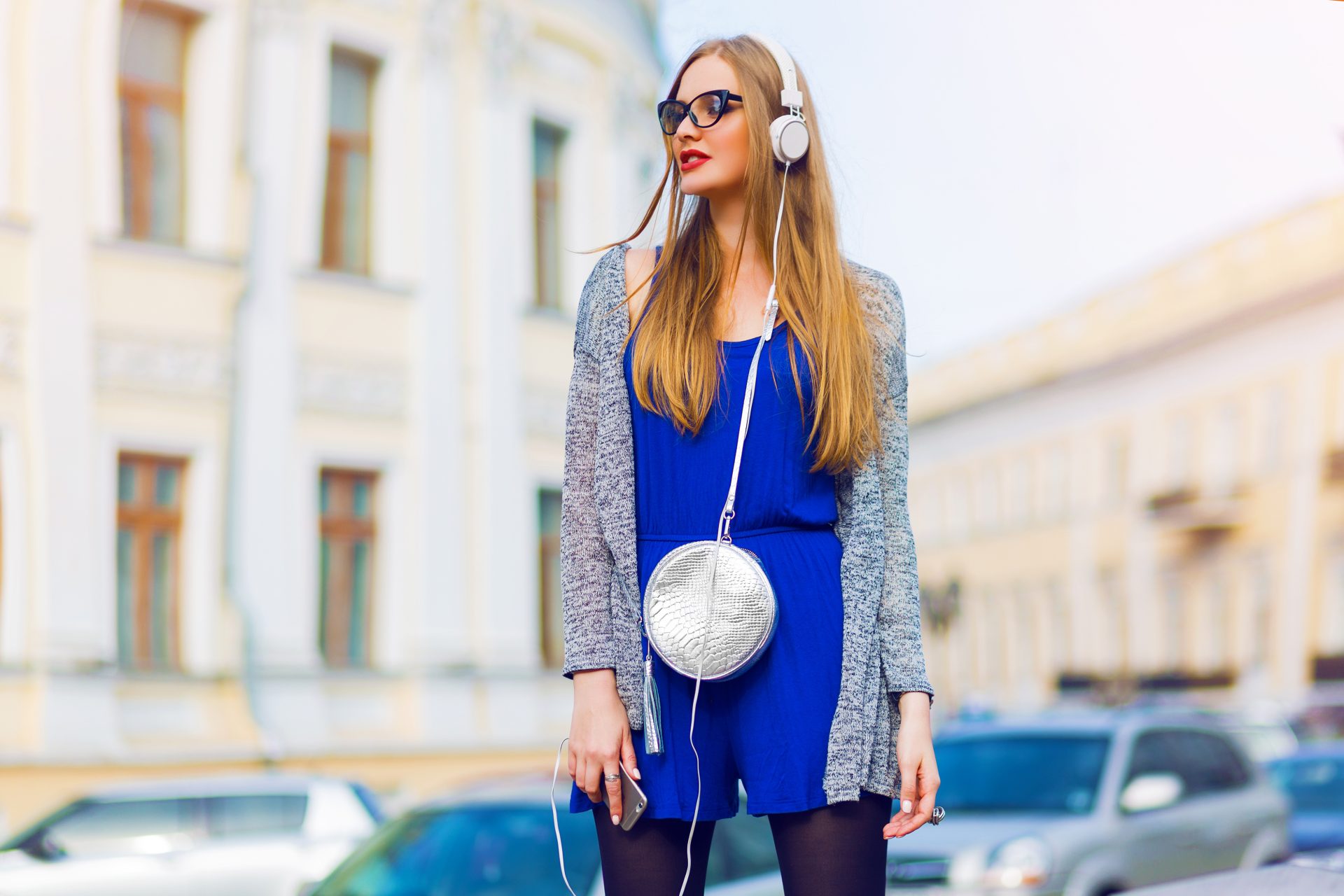
A recent conversation with a boutique owner in Chicago’s West Loop—a city that has become a hub for vintage enthusiasts—came to mind. Amidst the industrial charm of the West Loop and Mount Victoria’s creative spirit, this owner was relaying the story of her collection. It was a conversation best enjoyed over shared plates of deep-dish pizza, and I could feel the passion radiating from the owner as she spoke about the seemingly rare finds that had once graced her make-do displays.
Her deep appreciation for the stunning silhouettes and intricate details of pieces that had once been worn in the swell of an era would put any Vulcan salute to shame. And why not? Vintage fashion is too often about evoking bygone-naissance for the sake of nostalgia.
But that’s not what this conversation was about. Later that week, I dropped into a Brooklyn pop-up market, one of those trendy little incubators of commerce familiar to any New Yorker, where you can buy everything from artisanal donuts to hand-forged knives. The open-air market showcased a mix of vintage wares and modern design, still lifes of enticingly priced objects assembled just so, located in repurposed industrial spaces with a touch of art installation—the perfect venue for this Family Affair.

I was particularly drawn to a stall where a young designer was selling bold reinterpretations of 1990s grunge. She had reworked the aesthetic so thoroughly it felt like a kind of storytelling—mixing high-end references from the early 2000s with the so-bad-it’s-good style of the recent past. What truly anchors fashion from earlier eras in today’s world is the palpable storytelling that accompanies each piece.
One memorable afternoon at the Melrose Trading Post, I encountered a venerable collector who had clearly spent decades building a collection of choice accessories. He first pulled out a set of vintage sunglasses that had been made by a little-known Italian firm in the 1960s. He told me, with the air of someone in on a world-class secret, that these shades had heavily influenced today’s luxury sunglass market—and as we conversed, I could see how the dialogue between times helped to maintain and modernize the look of these sunglasses.
I could also see, through the conversation, how this preservation of faint memories from the 1960s, coupled with the way in which these pieces are now being referenced in the creation of modern looks, is allowing the act of wearing vintage sunglasses to not merely be an aesthetic choice but a path toward a new kind of memory-making. The discussion about preserving history through fashion goes far beyond the West Coast. Across the country, in a major feature for a leading style magazine, a fashion stylist who is known for dressing Hollywood’s elite as well as for her own style narrative that stretches across eras and decades took up the topic of red-carpet looks and styling.
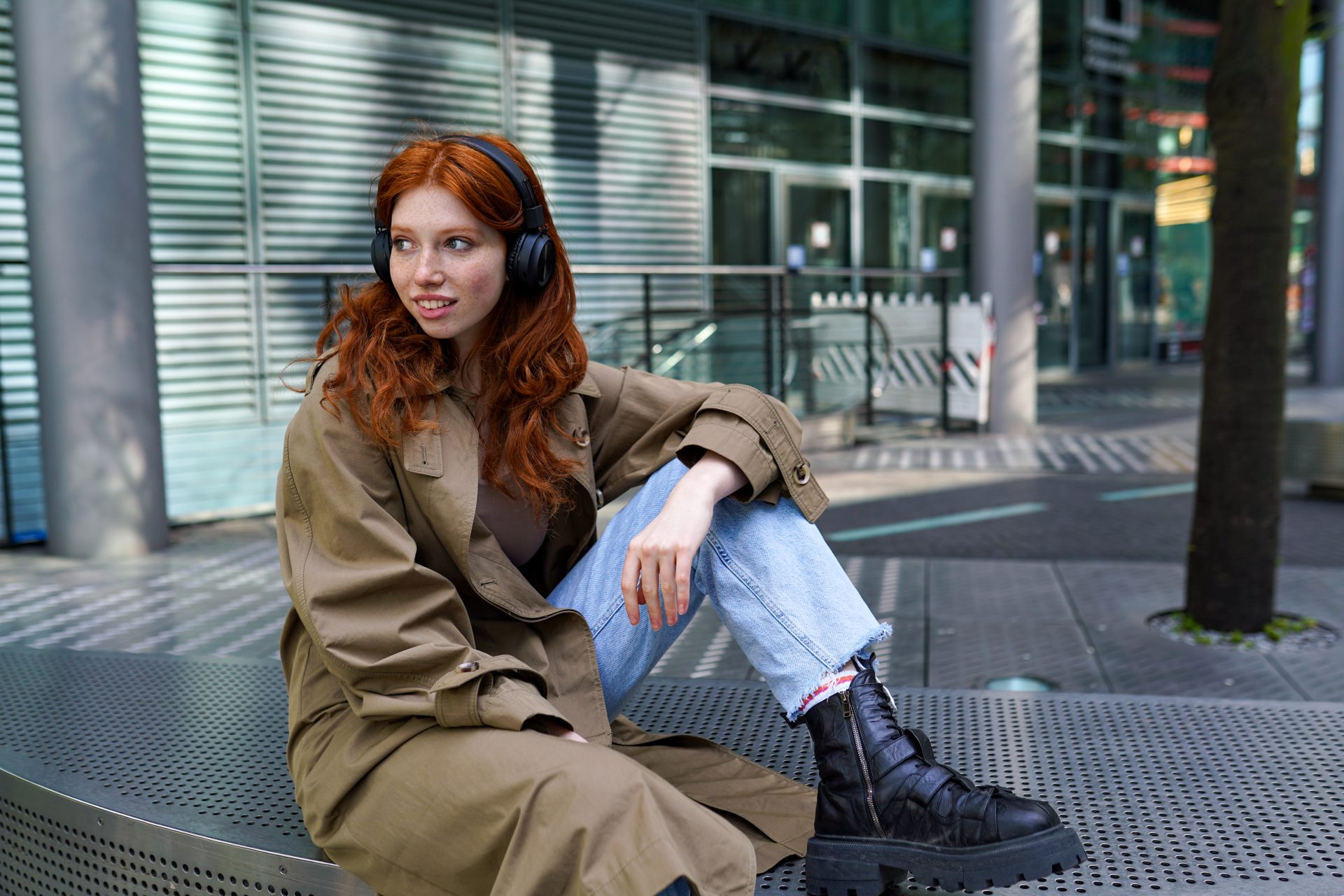
I don’t usually cover the East Coast chapter of this fashion story, but here I observed stars going to the lengths (and height) of couture, of meticulous restoration, and of pairing red-carpet looks with the kind of modern accessories that would make any 1970s Dior devotee proud. In my own wardrobe, I’ve slowly shifted toward a more purposeful approach to vintage. A few months ago, I got a pair of vintage leather boots from a top dealer in Chicago’s vintage district.
The boots, with their worn-in texture and artisanal stitching, now form the foundation for my everyday look—a daily reminder that style isn’t about chasing trends but about curating pieces that tell your story. When I pair these boots with modern tailored trousers and a crisp, thoroughly contemporary shirt, there’s a dynamic contrast that is both visually appealing and deeply personal. This old-to-new interplay is something I strive to capture in my writing—a narrative that is rooted in real-world experience and genuine encounters with the art of fashion.
Every exchange, whether with a devoted collector, a brilliant designer, or a long-time stylist, has bolstered my belief in the giddy thrill of vintage fashion. These experiences have taught me that valuing vintage hardly means embracing a by-gone era. Rather, it’s a way of moving through time.
Indeed, the very allure of vintage is time’s arrow, moving forward while also embracing what came before. In an industry that seems in thrall to speed, vintage stands as a powerful reminder that the best things truly do take time, whether in their making or in our appreciating them. When I consider my diverse experiences—from L.A.’s close-cropped vintage boutiques to Brooklyn’s ceaseless pop-up markets and the runway-gone-rogue gatherings of Chicago’s fashion world—I am forever struck by the stories that unfold with each vintage find.
Every piece is a mosaic, speaking to the near-mythic innovation, resilience, and all but artistry that held sway before some twentieth-century-erdoctrine of “good enough” marched in and took over with its false promises of speed. In this world, dominated by the “now” of fashion, the art of vintage is a story, both verbal and non-demonstrative. The beauty of this retro renaissance lies in its authenticity.
It’s in the carefully selected pieces that finish off an outfit, the crafty details that whisper a not-too-distant era, and the still-powerful influence of designers who have mastered the art of making the past freshly relevant. They have us not just donning vintage looks, but also calling into question the very concept of a “look” and the lag time between one fashion phase and the next—because, face it, everything that’s “in” today will seem “out” tomorrow. Vintage fashion has us looking everywhere and urging us to get creative, as we surely have to if we want to keep from becoming mere mannequins propped up inside the not-too-distant past.
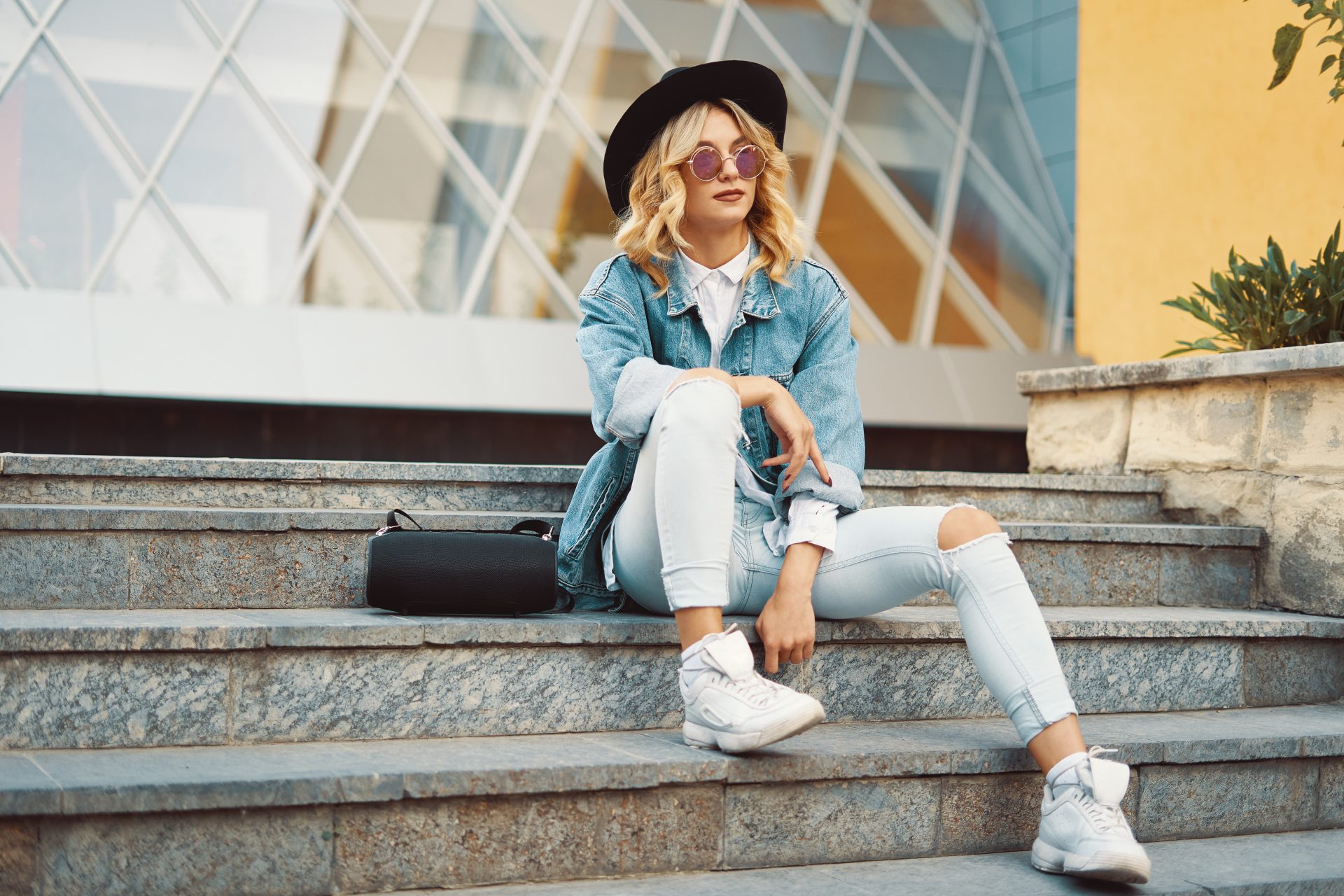
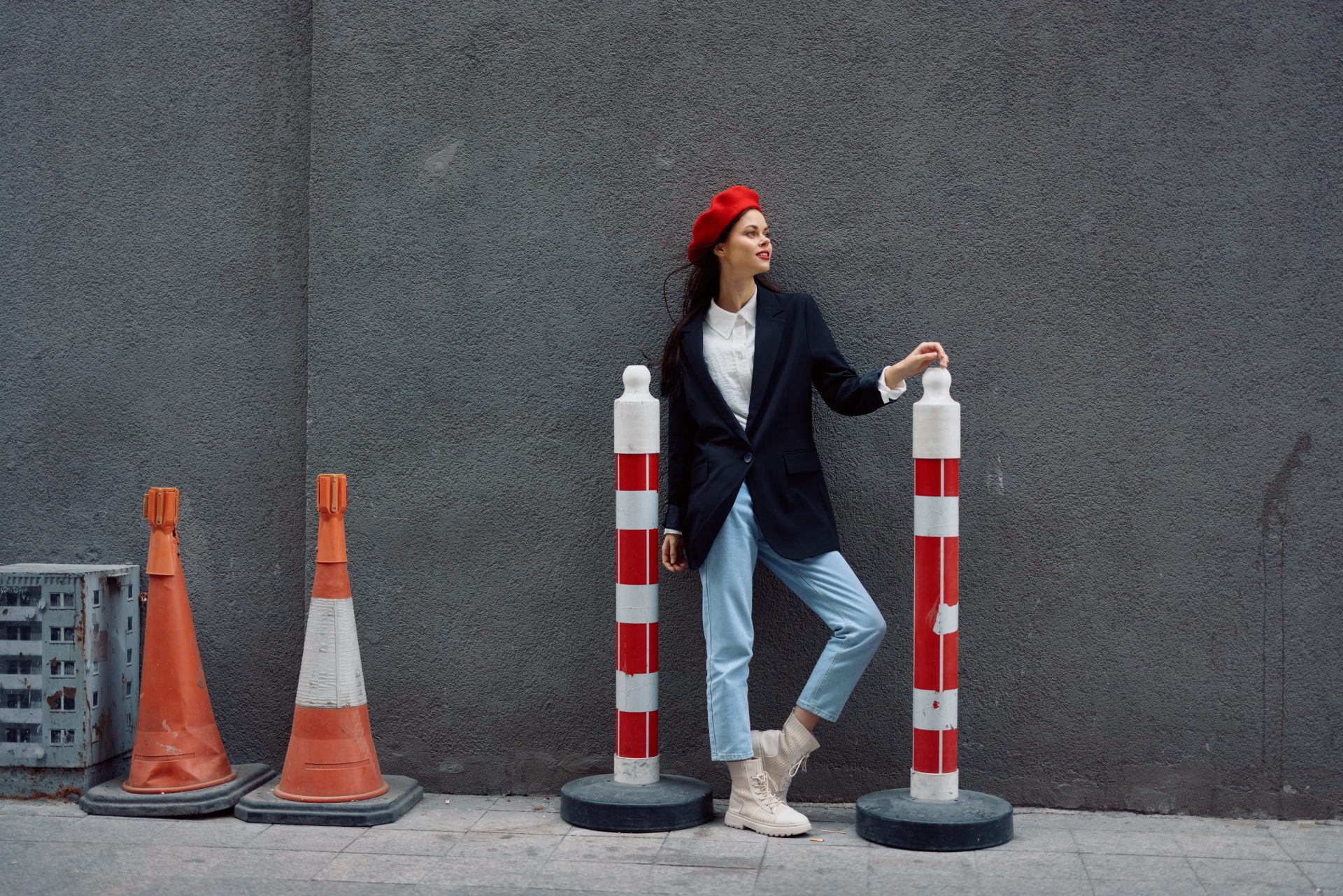
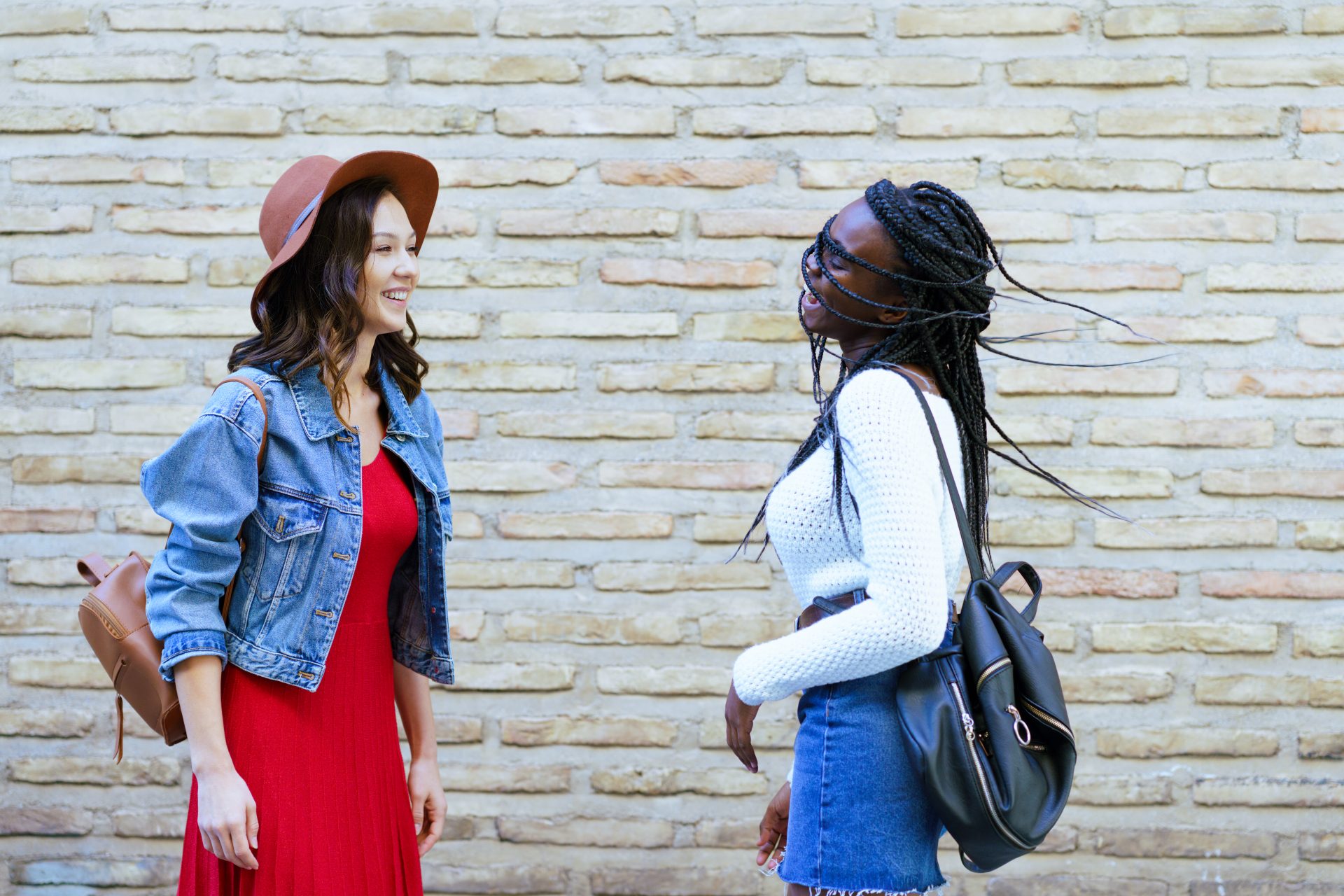

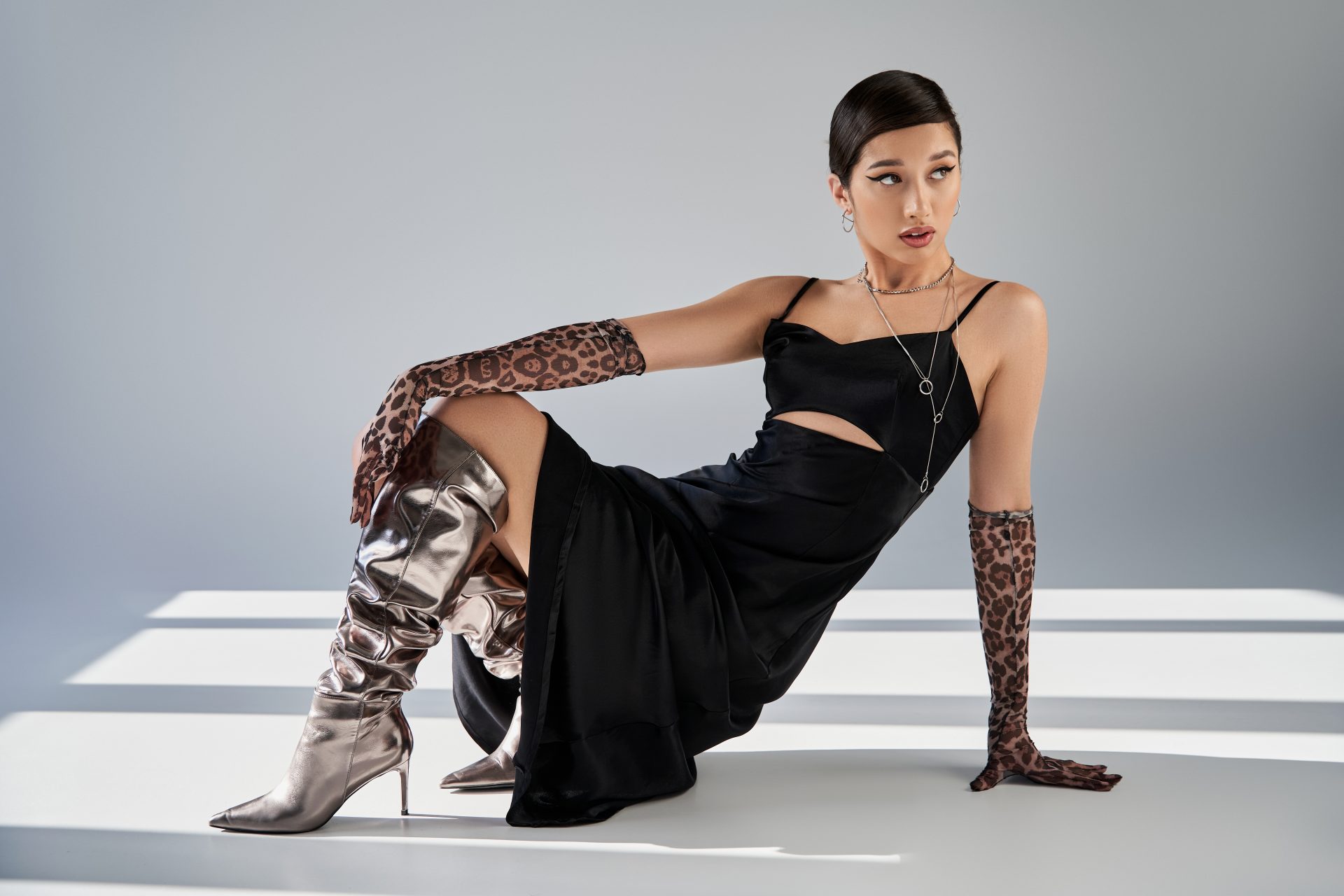
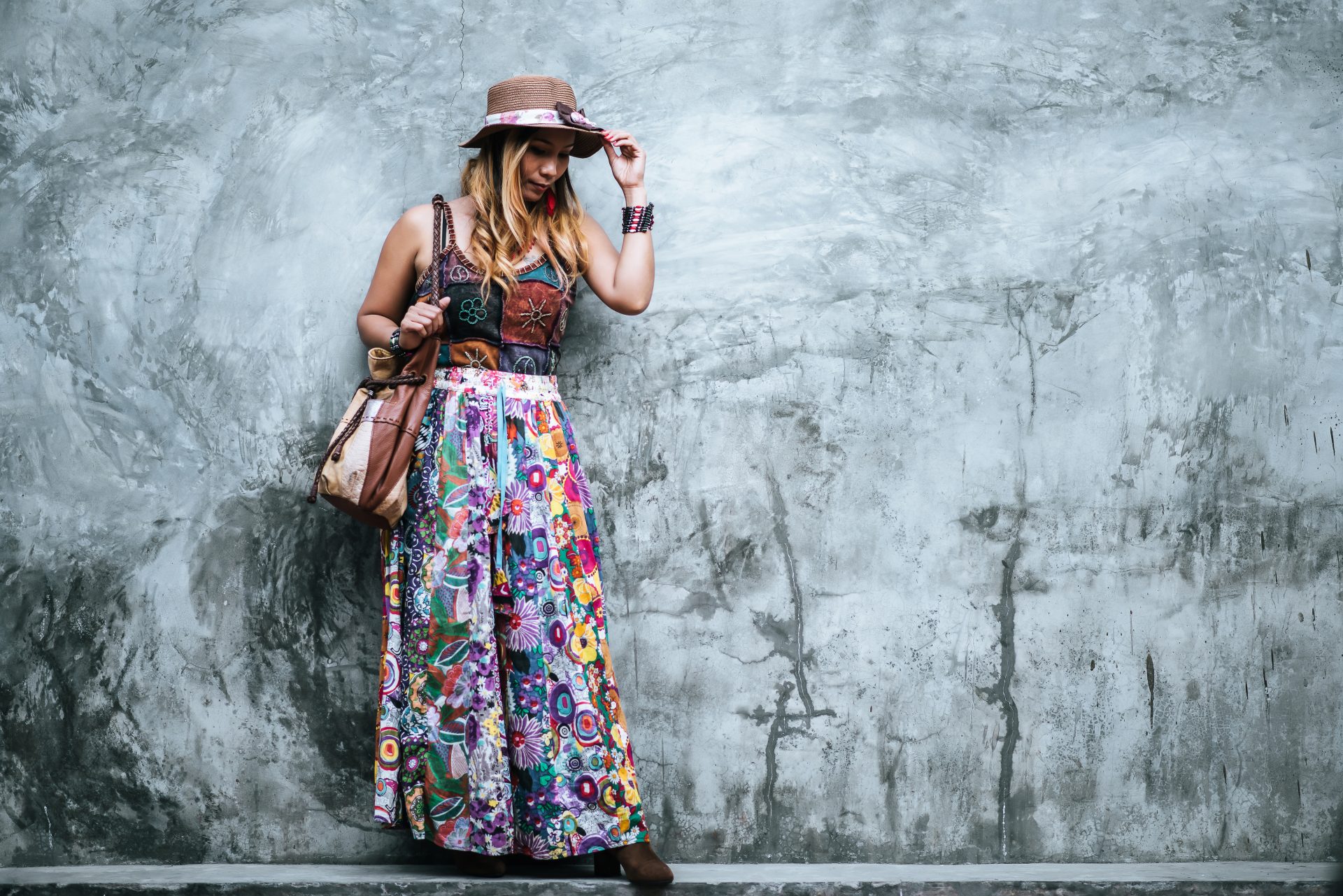
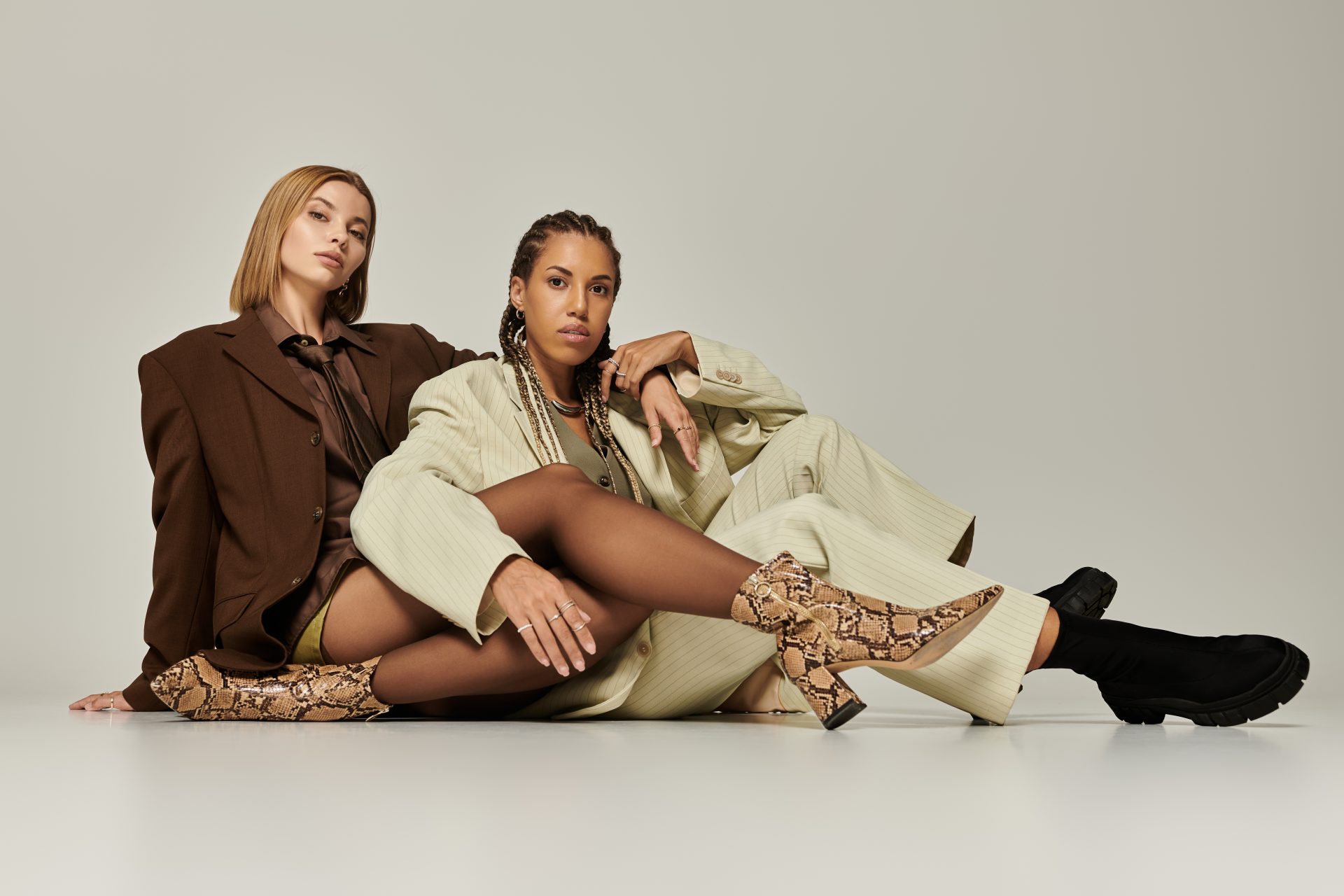
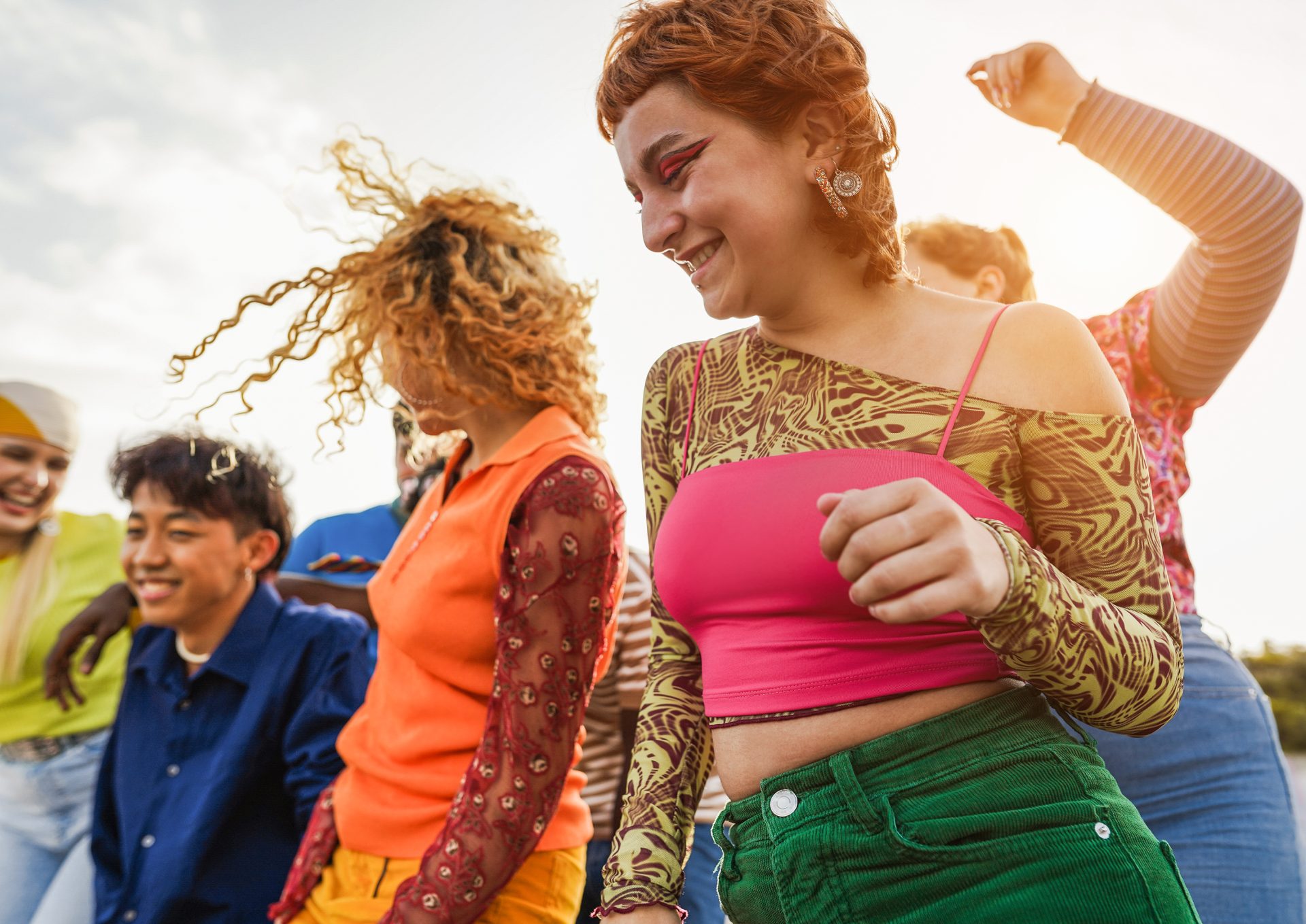
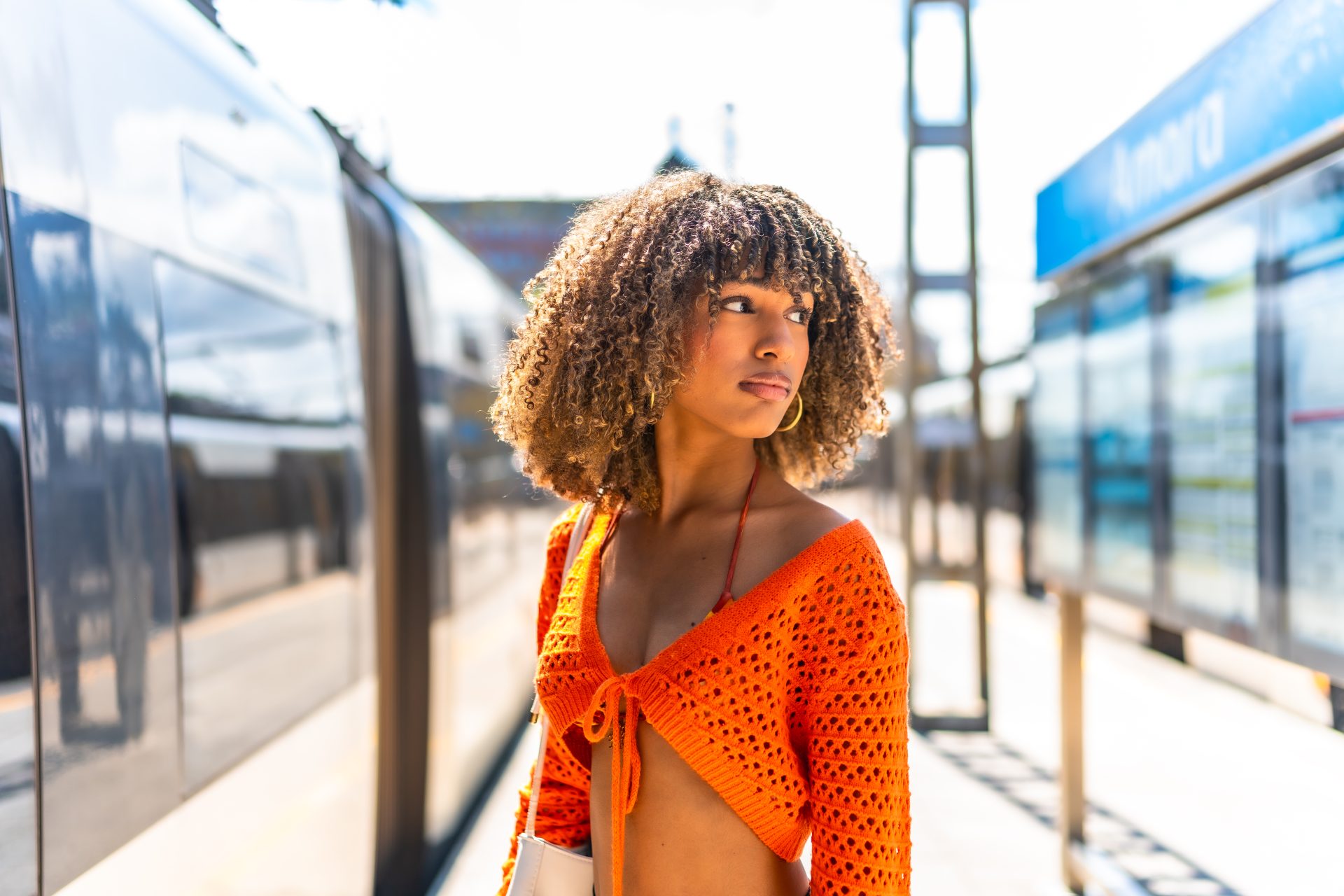

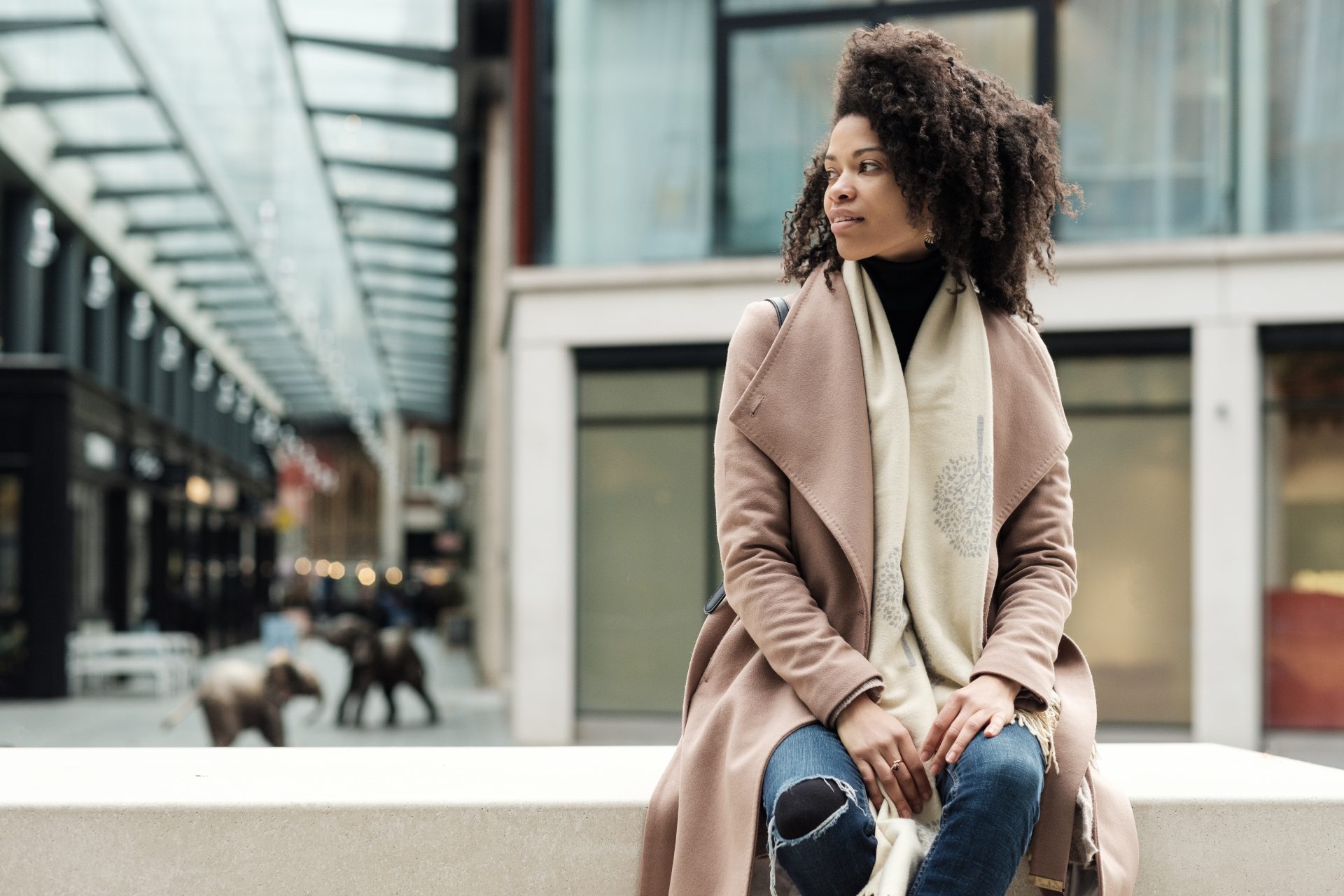
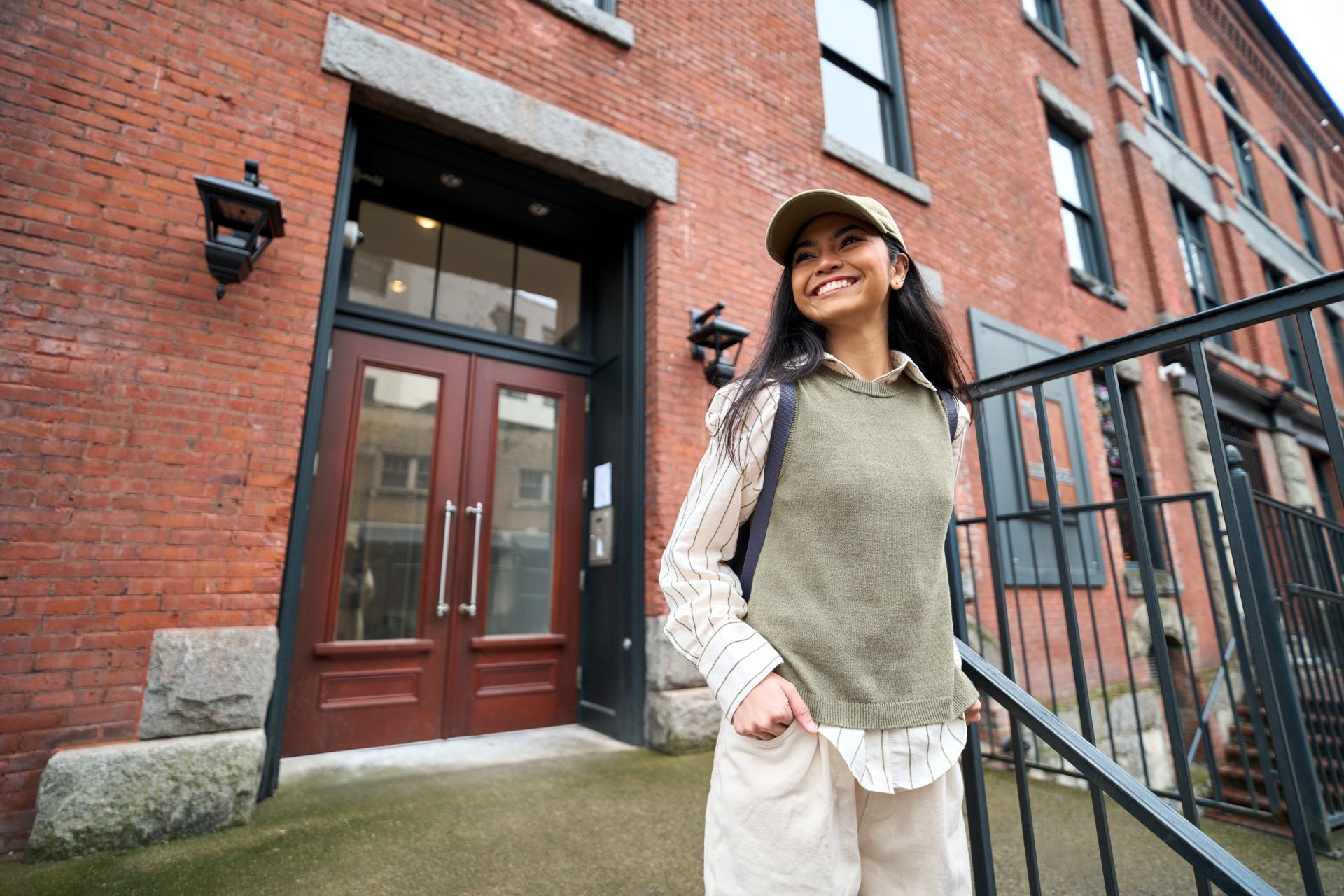
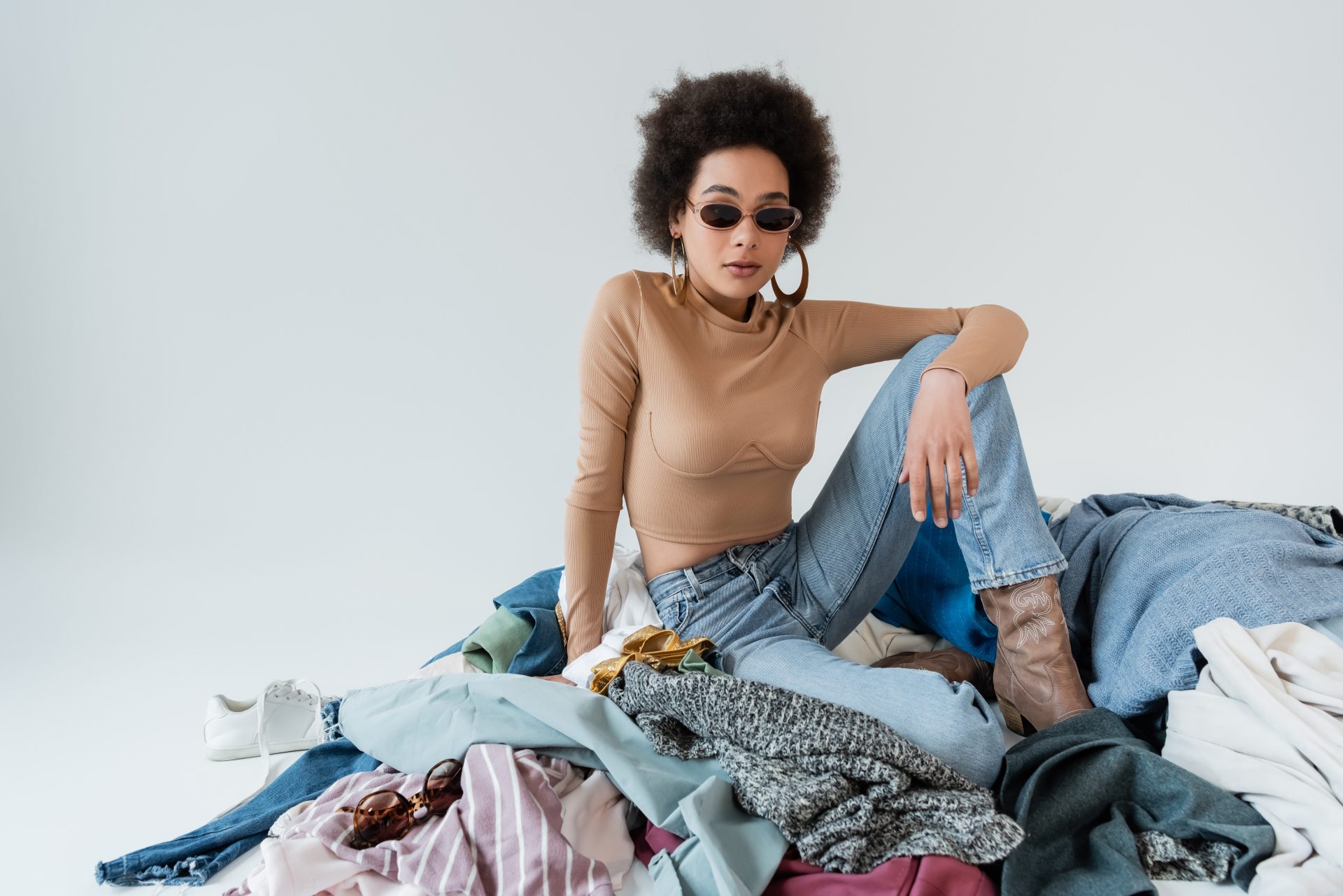

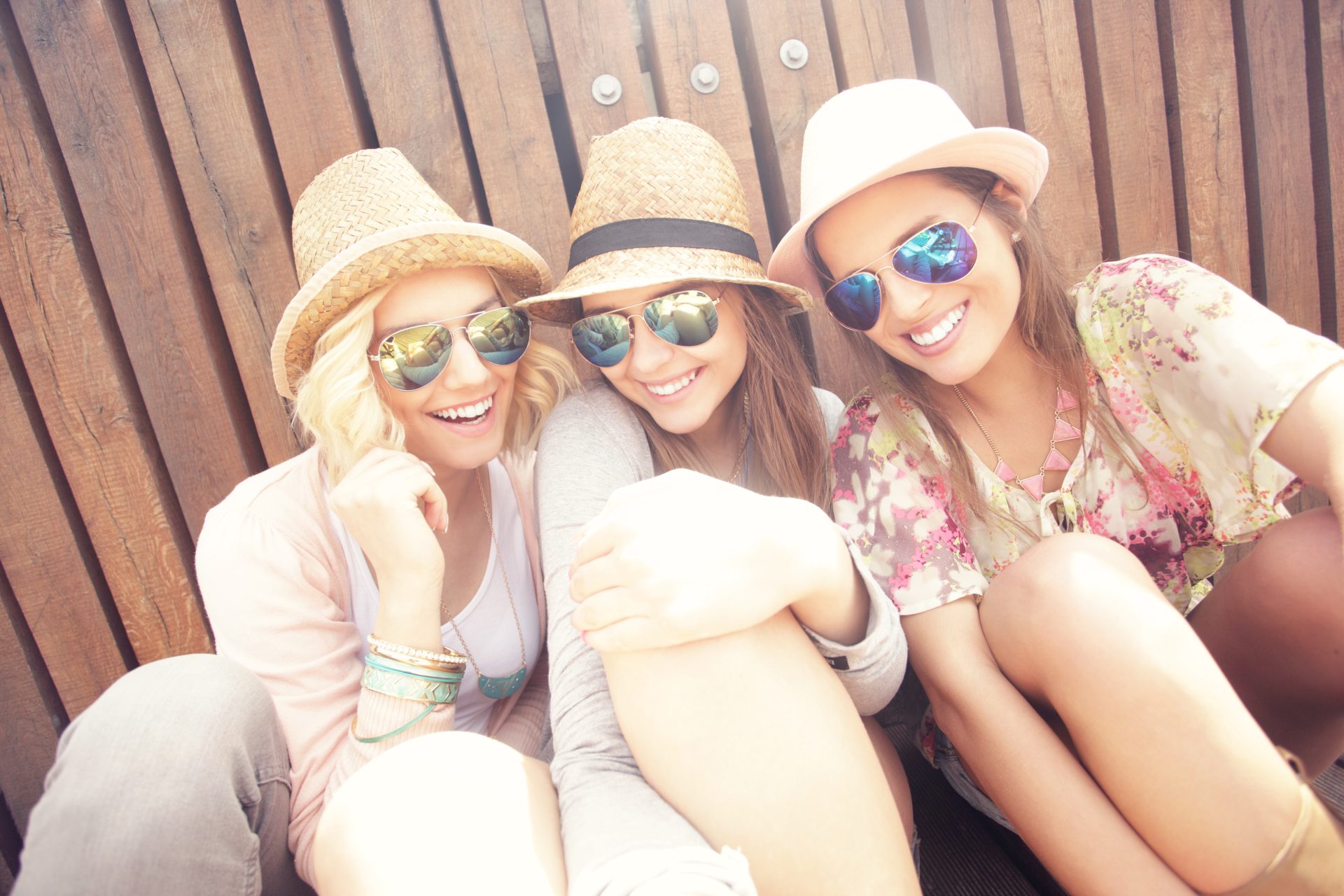
0 Comments